6 Minutes
GM moves to zonal architecture — and it changes everything
General Motors has joined the growing list of automakers shifting to zonal vehicle architecture, a key building block for true software-defined vehicles (SDVs). The first production car confirmed to use GM’s new vehicle computing platform is the next-generation Cadillac Escalade IQ, arriving in 2028. But while the technical leap promises faster features, better performance, and streamlined development, there are commercial and consumer trade-offs that could reshape ownership and in-car experience.
From parts bins to powerful central brains
Legacy manufacturers long relied on a distributed network of dozens of suppliers and hundreds of electronic control units (ECUs), each running independent chips and software stacks. The result: a fragmented ecosystem where coordinated over-the-air (OTA) updates are difficult, slow, or impossible. Startups such as Tesla, Lucid, and Rivian broke that pattern by vertically integrating compute and adopting zonal designs — fewer, more powerful computers that govern entire regions of the car rather than a maze of point-to-point ECUs.
GM’s move mirrors that modern approach. The company says it will consolidate dozens of ECUs into a central, liquid-cooled processing unit powered by Nvidia’s Thor architecture. Subsystems — lighting, ADAS sensors, infotainment, and body controls — will connect to the core through zonal aggregators over a high-speed Ethernet backbone. The topology looks less like a tangle of wires and more like a star network: a Thor-powered hub directing data to lightweight, local junction boxes.
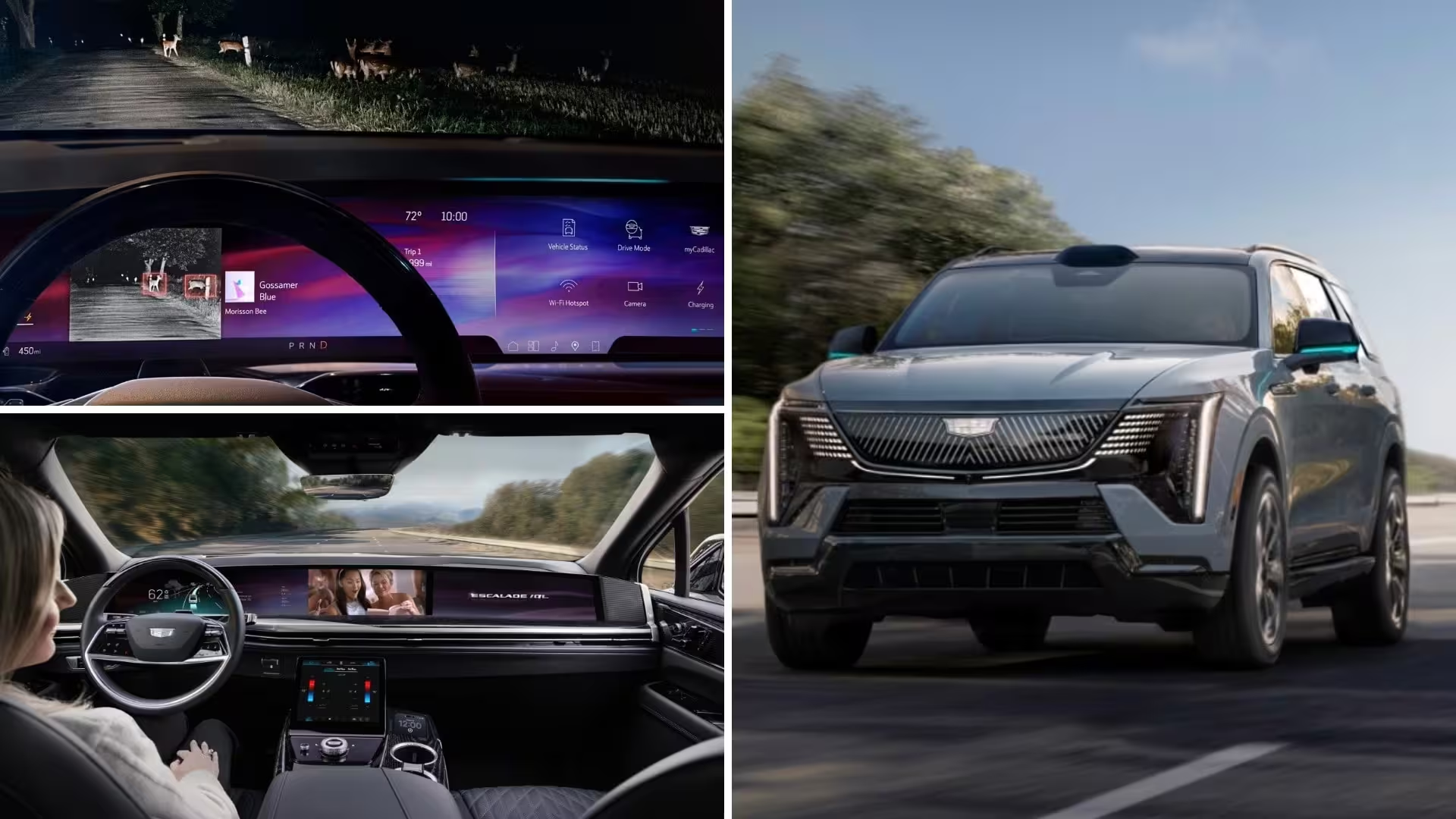
What the zonal switch means for drivers and developers
At a technical level, zonal architecture yields clear advantages:
- Reduced wiring complexity and parts count, which can lower manufacturing costs and vehicle weight.
- Faster and simpler OTA software updates, enabling frequent feature improvements without a dealer visit.
- Shared controllers across multiple models, improving economies of scale and supply-chain flexibility.
- Much greater AI and compute capacity for autonomy and advanced driver assistance systems (ADAS).
GM claims the platform will deliver up to 35x more AI computing power for autonomy tasks and a 2–4x uplift in infotainment performance. Practically, that means more sophisticated driver-assist functions, richer voice and conversational AI, and quicker rollout of new apps and services.
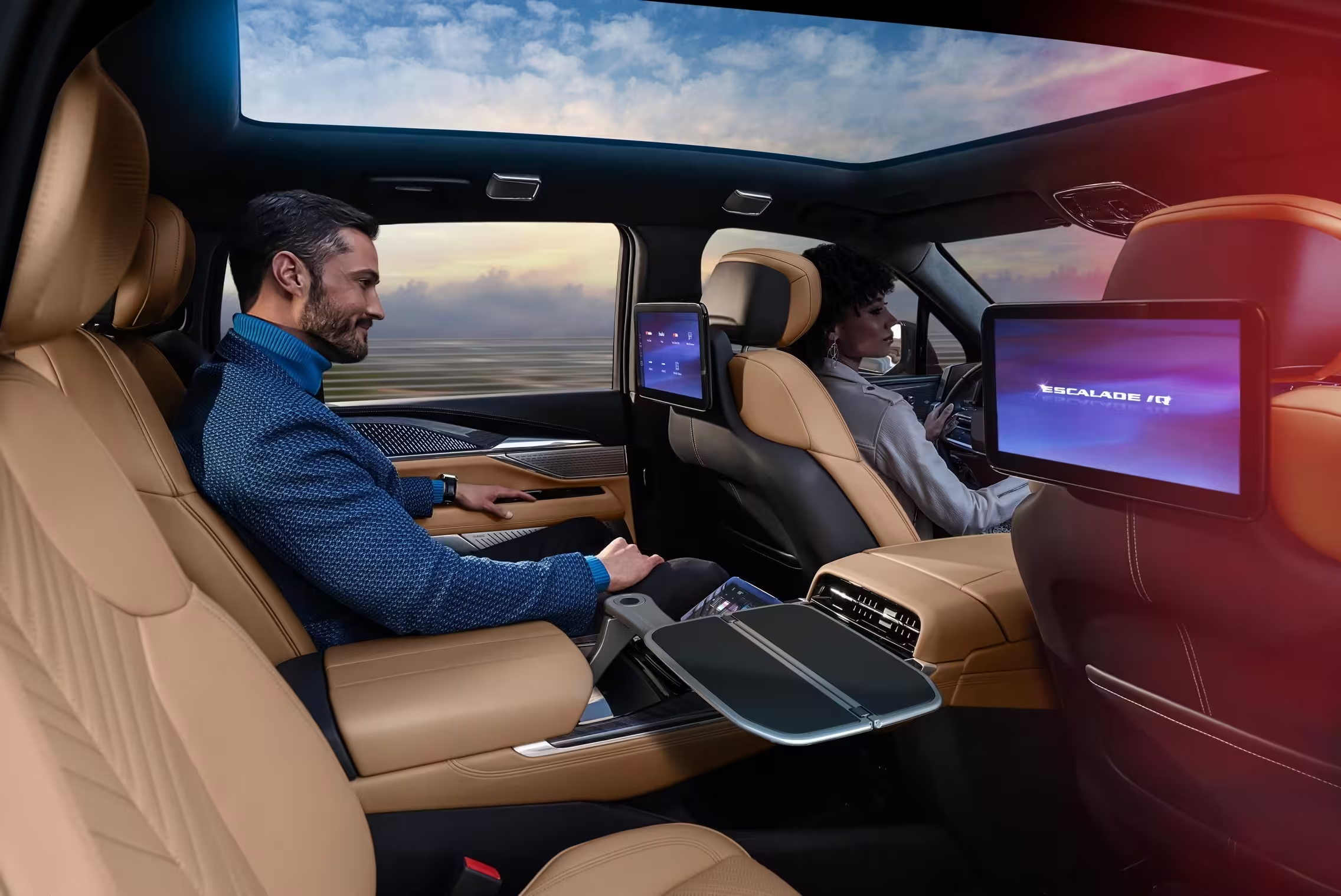
Real-world benefits: examples
- Over-the-air feature additions: New driver aids, performance modes, and UX updates can be pushed remotely.
- Hardware-agnostic software: Aggregators act as simple data relays, so GM can swap suppliers without rewriting core vehicle code.
- Propulsion-agnostic design: The same zonal platform supports both electric and internal-combustion vehicles, simplifying platform planning across brands.
The darker side: subscriptions, removed features, and control
The technology unlocks possibilities, but it also gives manufacturers unprecedented control over how vehicles function after sale. GM’s strategy looks explicitly geared toward monetizing software capabilities. Early details reveal plans for advanced driving modes, eyes-off driving packages, and in-vehicle conversational AI powered by Google Gemini. Some of these functions will arrive as paid subscriptions rather than included features.
Perhaps the most controversial decision is GM’s announcement that future models will drop native Apple CarPlay support. That forces a choice for many buyers: accept the OEM’s infotainment ecosystem and connected services, or pay for connectivity packages to regain phone integration. GM’s bet is that buyers will value integrated AI and safety features enough to subscribe — and that sales won’t suffer because some EV buyers already tolerated missing phone projection.
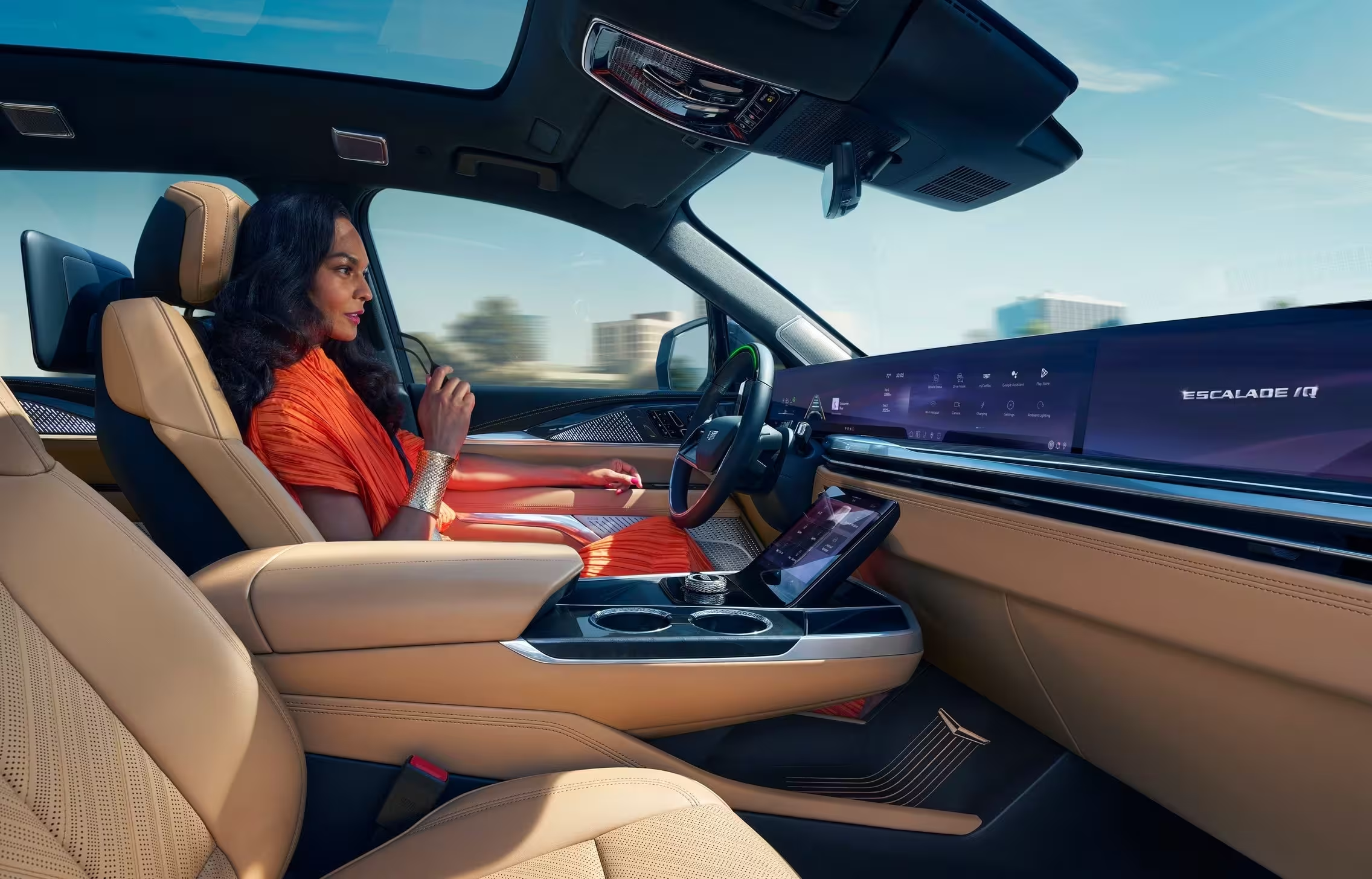
Quote: "The new architecture lets vehicles learn and improve across their lifetimes — but OEMs can lock advanced capabilities behind subscriptions."
Where this fits in the industry
Legacy automakers have been slower than EV-native companies to adopt zonal architectures, but change has accelerated. BMW’s Neue Klasse and Volkswagen’s partnership with Rivian are examples of manufacturers shifting to more centralized compute. Ford has indicated zonal plans for future models, including internal-combustion variants. GM’s announcement places it firmly among the frontrunners among traditional OEMs making a public commitment to SDV-enabling architecture.
In competitive terms, GM’s approach has strengths:
- Rapid feature deployment across brands and vehicle lines.
- Lower logistics and sourcing complexity over time.
- Enhanced capabilities for ADAS and autonomy that can be productized.
But risks remain. Dependence on a single central processor introduces potential single points of failure. Software quality, security, and long-term update commitments become critical promises GM must keep — and consumers will judge the company on those follow-throughs.
Expectations for the Escalade IQ and beyond
The Cadillac Escalade IQ will be the visible showcase for GM’s zonal platform in 2028. Early claims suggest the SUV will be the first to receive Level 3 autonomous driving features underpinned by the Thor compute stack. Google Gemini-based conversational AI may reach select GM vehicles as early as next year, but many advanced features will roll out progressively and, in some cases, through subscription models.
For buyers, the technical highlights are compelling: stronger infotainment performance, more frequent software-driven improvements, and richer ADAS. For the industry, GM’s step signals a decisive move away from today’s hardware-defined cars to vehicles whose lifespan and value are increasingly determined by software strategy.
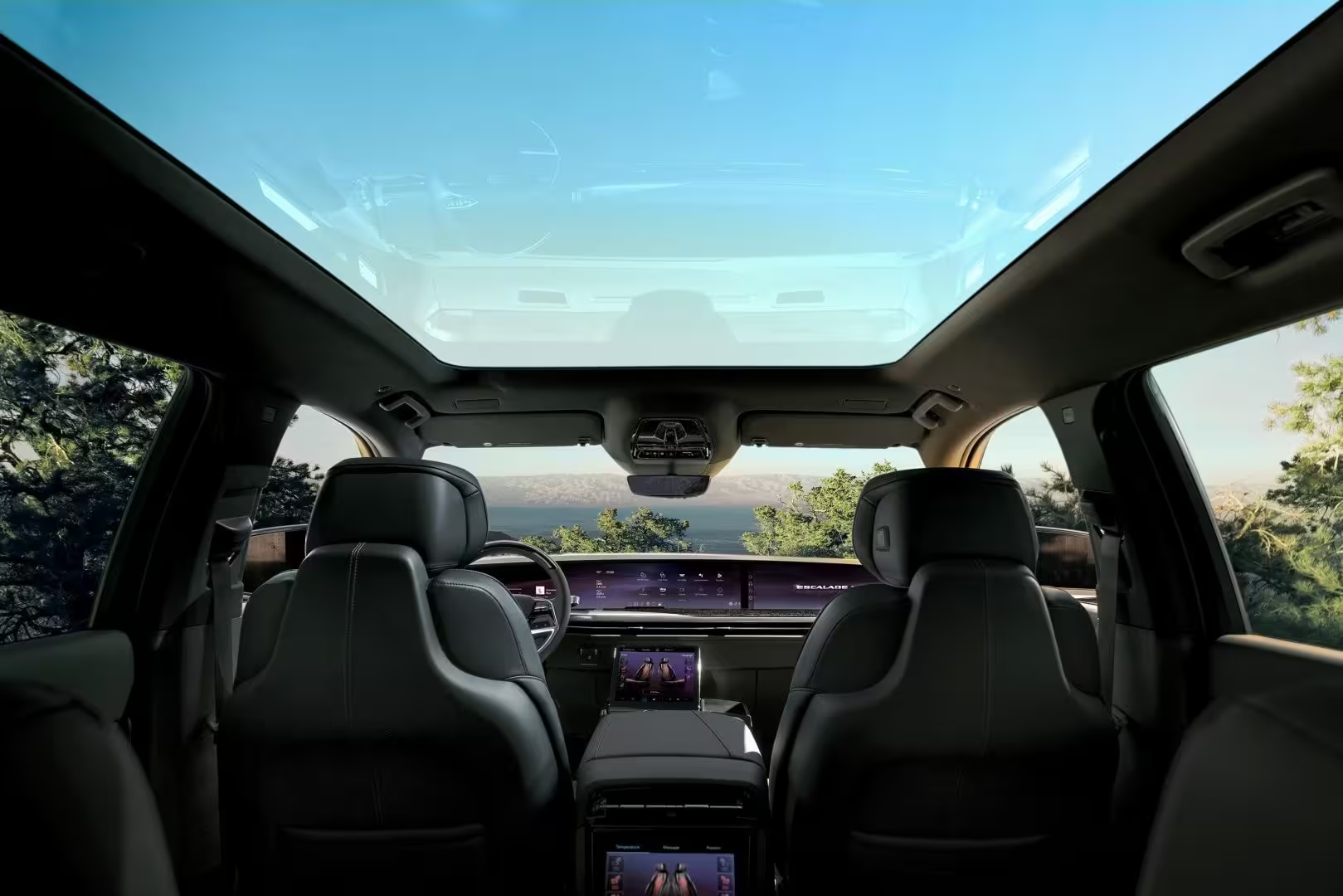
Final takeaway
Zonal architecture is a technical necessity if traditional automakers want parity with the most advanced EVs and SDVs. GM’s adoption — with Nvidia Thor at its heart — demonstrates how quickly the industry is consolidating around centralized compute. The upside is cleaner wiring, faster feature delivery, and better platform reuse. The downside is commercial: reduced consumer choice for third-party apps, more paywalled features, and a heavier reliance on ongoing software support.
For car buyers and enthusiasts, the new era will bring smarter, more capable vehicles. It will also require more attention to software licensing, long-term update policies, and the shifting balance of power between OEMs and drivers.
Highlights:
- GM will use a liquid-cooled Nvidia Thor central processor and zonal controllers across vehicles.
- Escalade IQ (2028) will be the first mass-market showcase for the new platform.
- GM promises major gains in AI and infotainment performance, but several features will likely be subscription-based.
Whether the consumer benefits will outweigh the commercial trade-offs remains the question that will define this generation of cars.
Source: autoevolution
Comments
skyspin
Wow neat tech upgrade but feels kinda shady, subscriptions for ADAS? If Gemini chat is actually good tho, maybe worth it... if
mechbyte
Is GM really gonna lock features behind subscriptions? Losing CarPlay could be a dealbreaker, no? Feels like too much control, tbh.

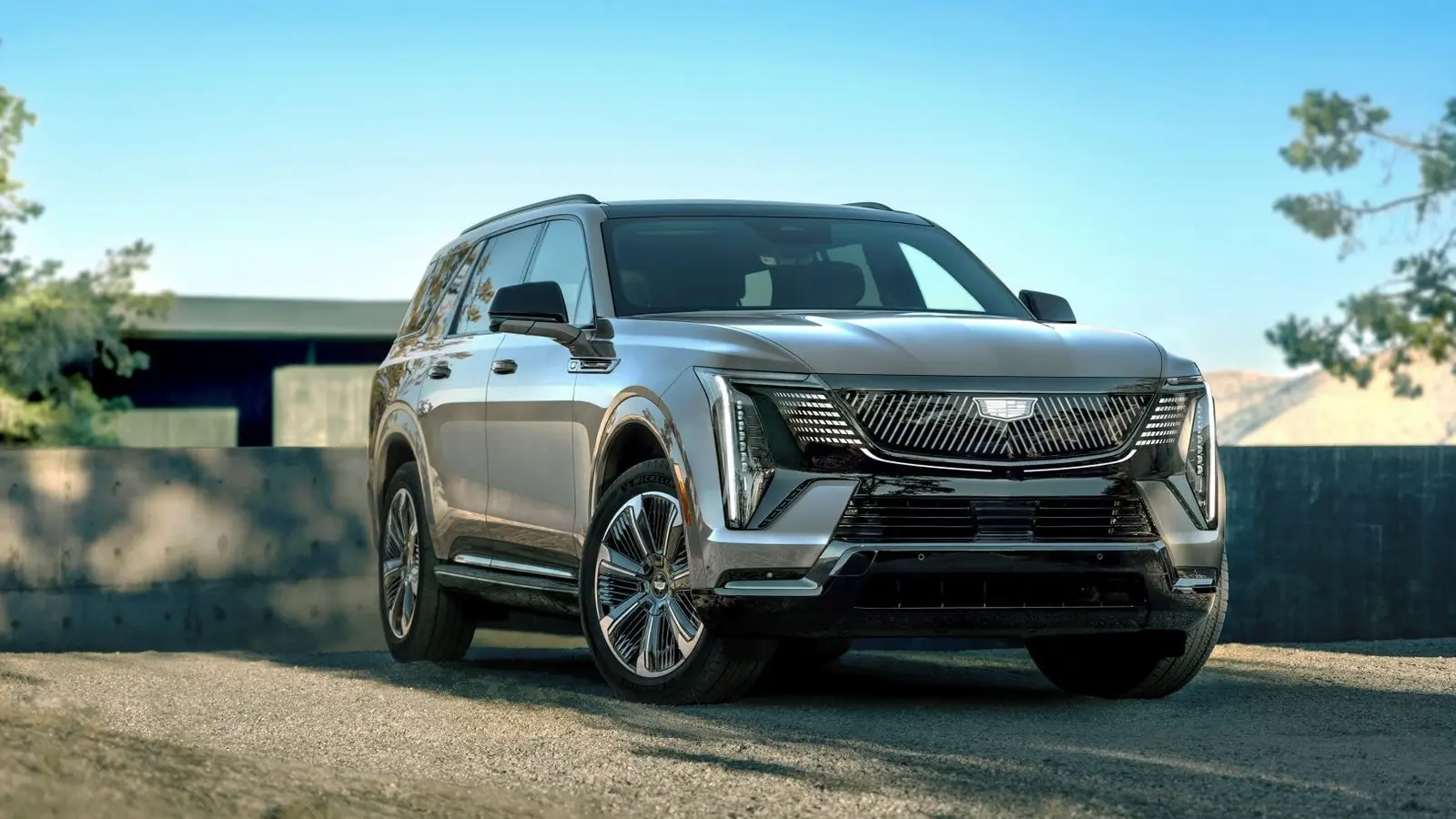
Leave a Comment